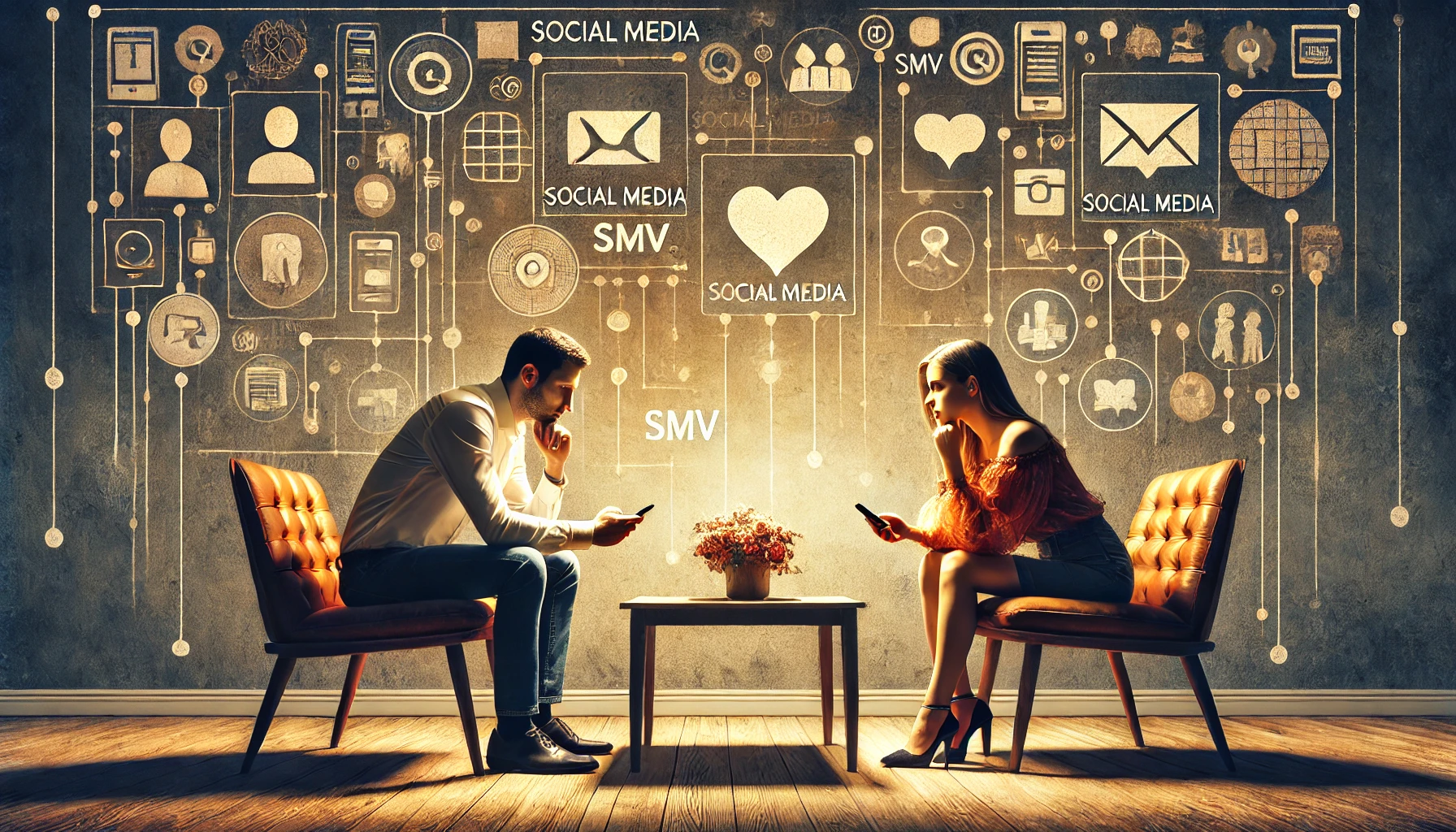In the evolving landscape of modern dating, social media has emerged as a powerful influencer, reshaping how individuals perceive, pursue, and evaluate potential partners.
This transformation extends beyond mere connectivity; it has added gasoline to the fire that is hypergamy and Sexual Market Value (SMV), introducing new dynamics and challenges into the dating arena. To the point of possibly distorting or dehumanizing natural mate selection processes.
Understanding Hypergamy in the Digital Age
Hypergamy, historically ingrained in human mating strategies, has been supercharged by social media platforms.
These platforms provide a window into individuals’ lifestyles, careers, and social circles, allowing users to curate and showcase their best selves (and more men are getting good at showing the illusion of hypergamy). This curated presentation often highlights aspects of status, wealth, and influence—factors that can significantly influence attraction and mate selection.
For women, especially, social media offers a broader range of potential mates beyond geographical constraints. It enables them to explore and engage with individuals who exhibit high status or desirable traits, often leading to heightened hypergamous tendencies as they navigate a seemingly endless pool of options.
The Role of SMV in Digital Dating
Sexual Market Value (SMV) refers to an individual’s perceived value in the dating marketplace, influenced by physical attractiveness, social status, charisma, and other factors.
Social media acts as a platform where SMV is not only displayed but also scrutinized and compared.
Profiles adorned with carefully curated photos, achievements, and lifestyle updates can elevate one’s perceived SMV, attracting more attention and potential suitors.
Conversely, the prevalence of social media has also magnified the focus on physical appearance and superficial qualities, potentially leading to a commodification of relationships based on external attributes rather than deeper compatibility or values.
Impact on Dating Preferences and Relationships
Social media’s influence on dating preferences is multifaceted.
It has democratized access to romantic prospects while simultaneously fostering a culture of instant gratification and constant comparison.
Apps designed for dating leverage algorithms that prioritize visual appeal and superficial traits, reinforcing the swipe culture that prioritizes initial attraction over long-term compatibility.
Moreover, the ease of communication via messaging and video calls has accelerated the pace of relationships, sometimes at the expense of genuine connection and emotional intimacy.
The perceived abundance of options can also breed a disposable mentality, where individuals may be quick to discard or overlook potential matches based on minor imperfections or perceived deficiencies.
- Women’s Perspective: A woman exposed to a variety of “ideal” partners on social media may question her current relationship’s compatibility if her partner doesn’t match up to perceived standards of success or attractiveness.
- Men’s Perspective: Men, bombarded with airbrushed and highly sexualized images online, may develop unrealistic expectations regarding physical appearance and lifestyle, making it challenging for real-life partners to satisfy their desires.
Challenges and Strains
Social media introduces several challenges into relationships:
- Comparison: Constant exposure to idealized images can lead to comparisons with real-life partners, fostering feelings of inadequacy or dissatisfaction.
- Unrealistic Expectations: The portrayal of perfect relationships and lifestyles on social media can create unrealistic expectations about what a successful relationship should look like.
- Pressure to Maintain Appearances: Individuals may feel pressure to maintain a certain image or lifestyle portrayed online, impacting their authenticity and relationship dynamics.
- Impact on Commitment: Social media’s influence can affect commitment levels and relationship satisfaction. Couples may struggle to maintain genuine connections amidst the pressure to conform to digital ideals. The disparity between online portrayals and real-life interactions can strain intimacy and emotional fulfillment in relationships.

Leave a Reply